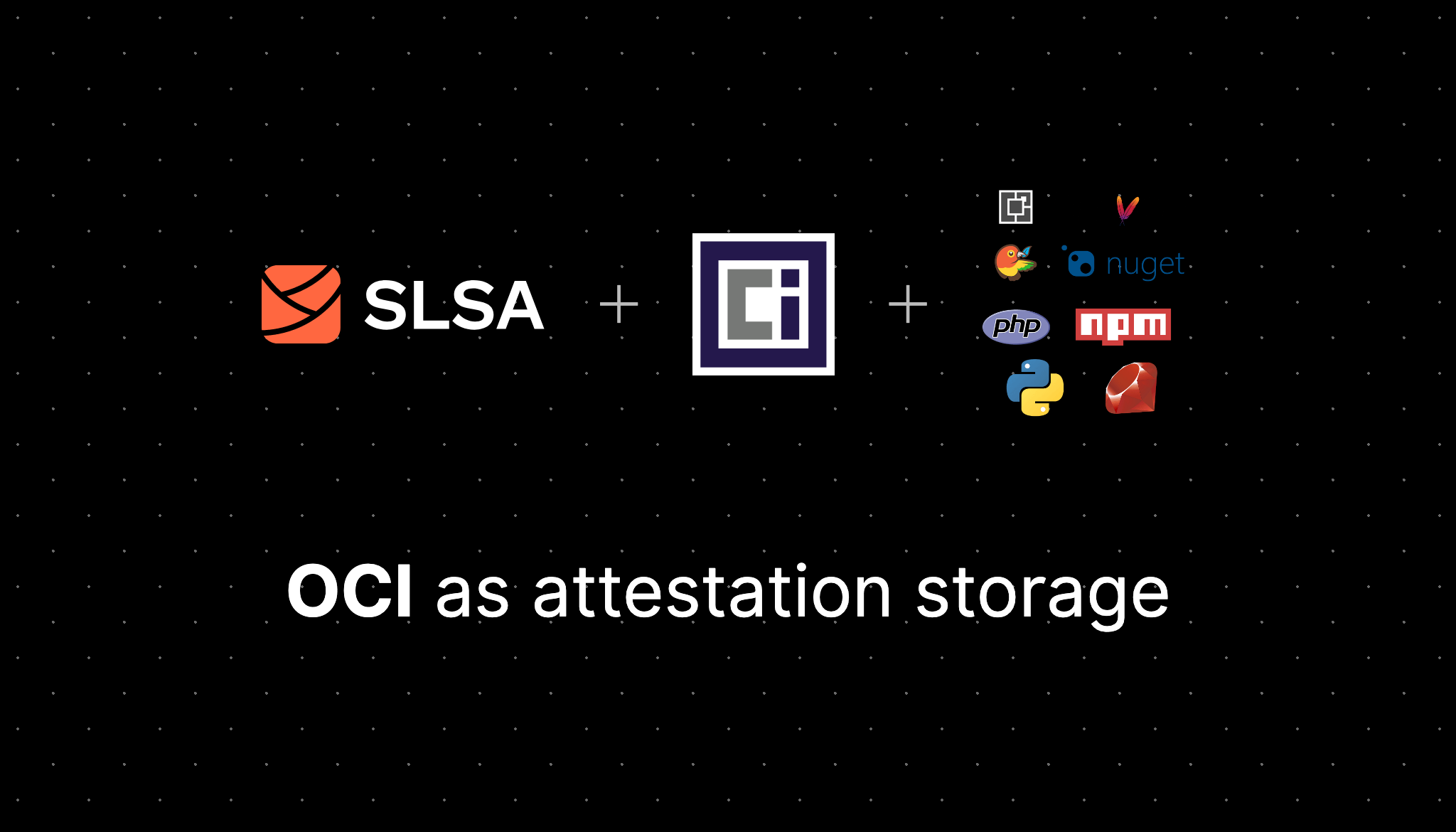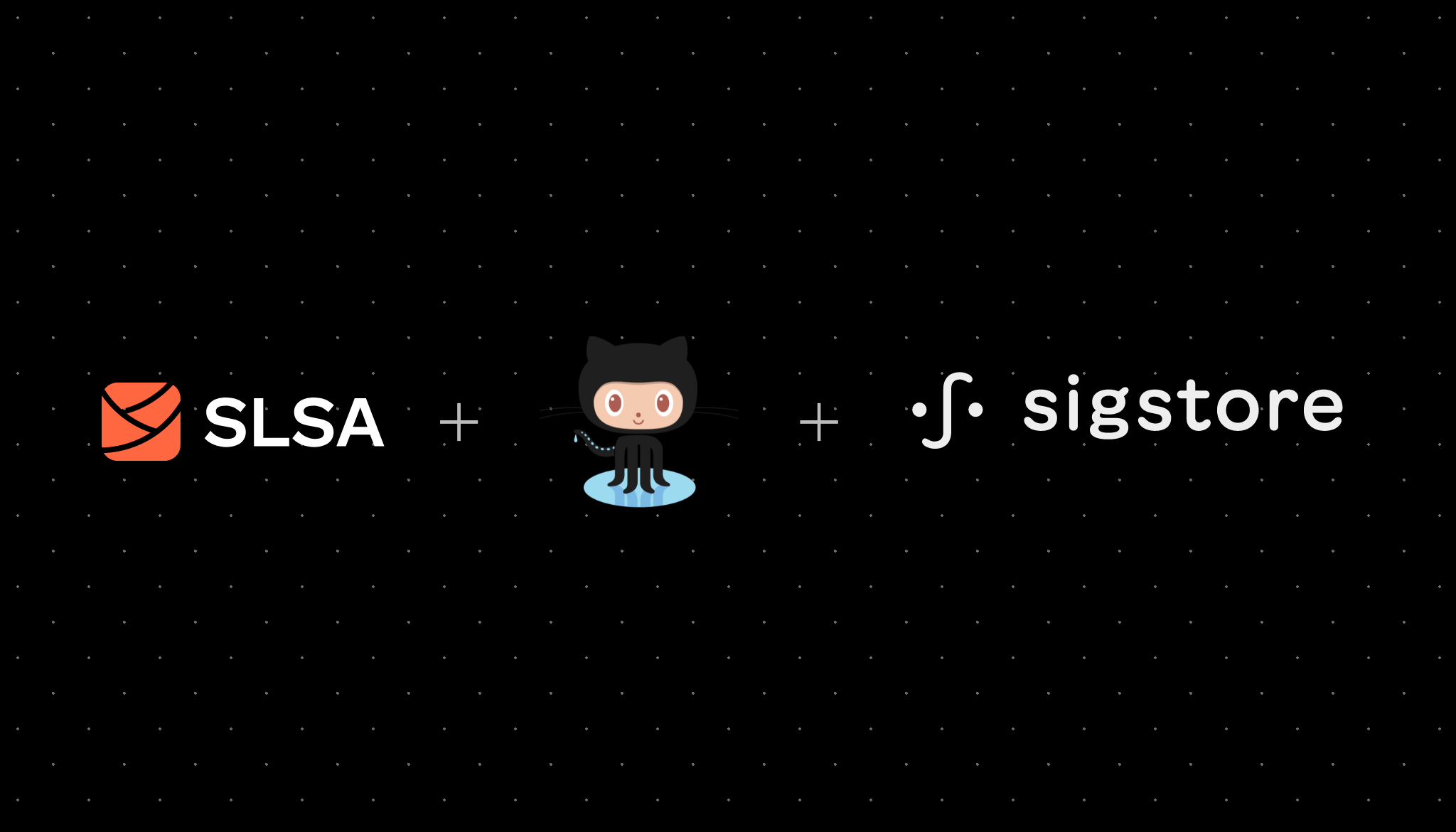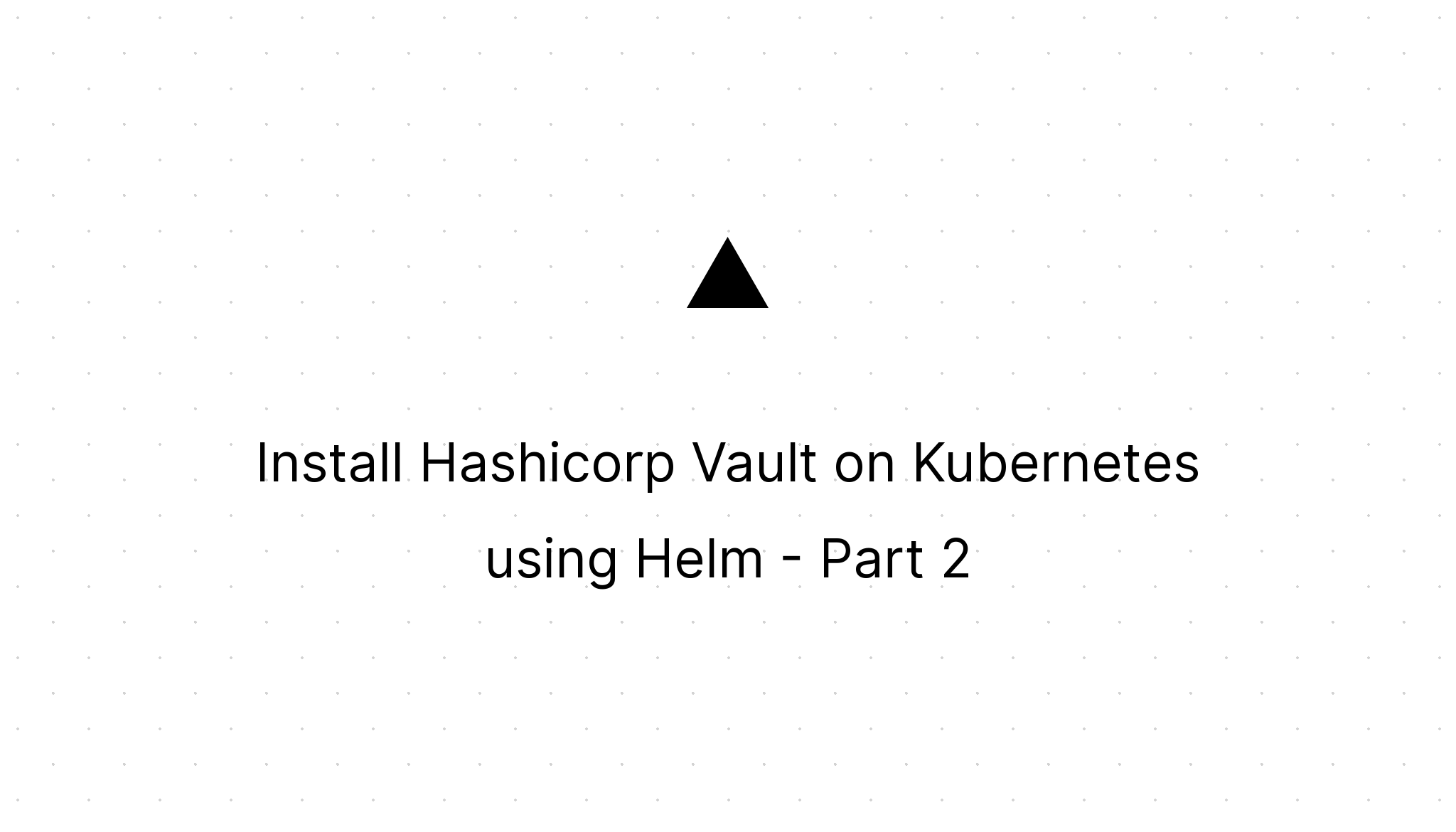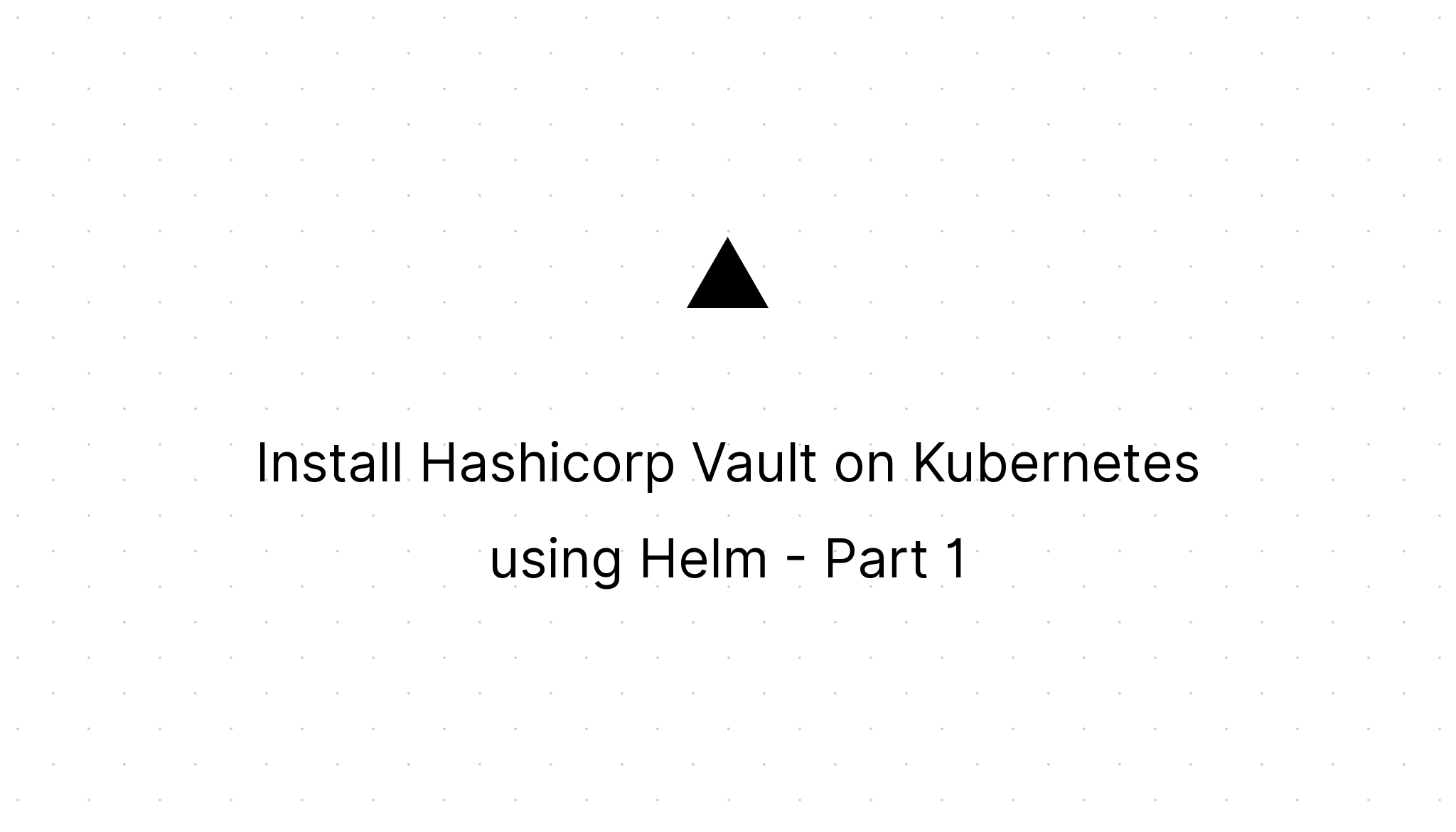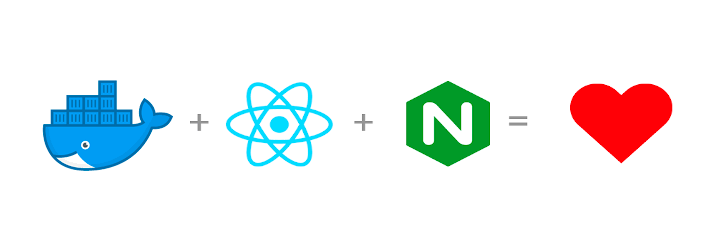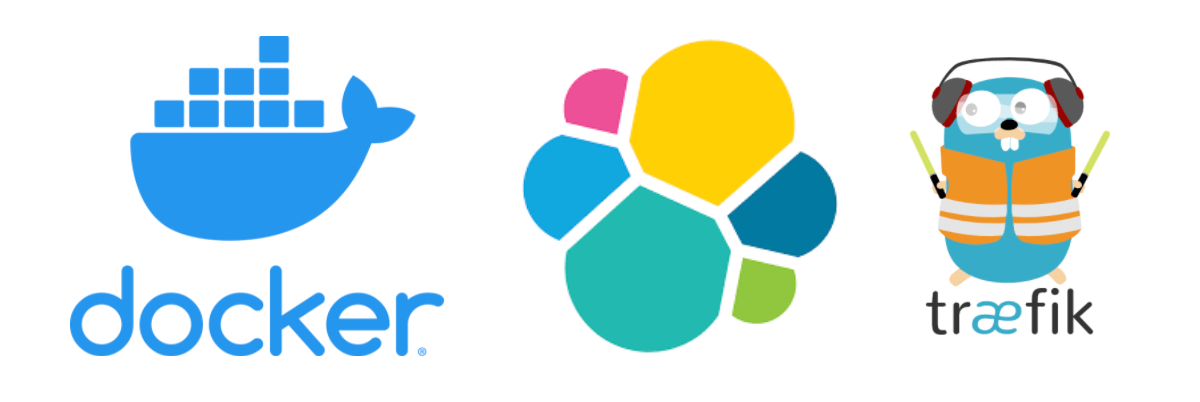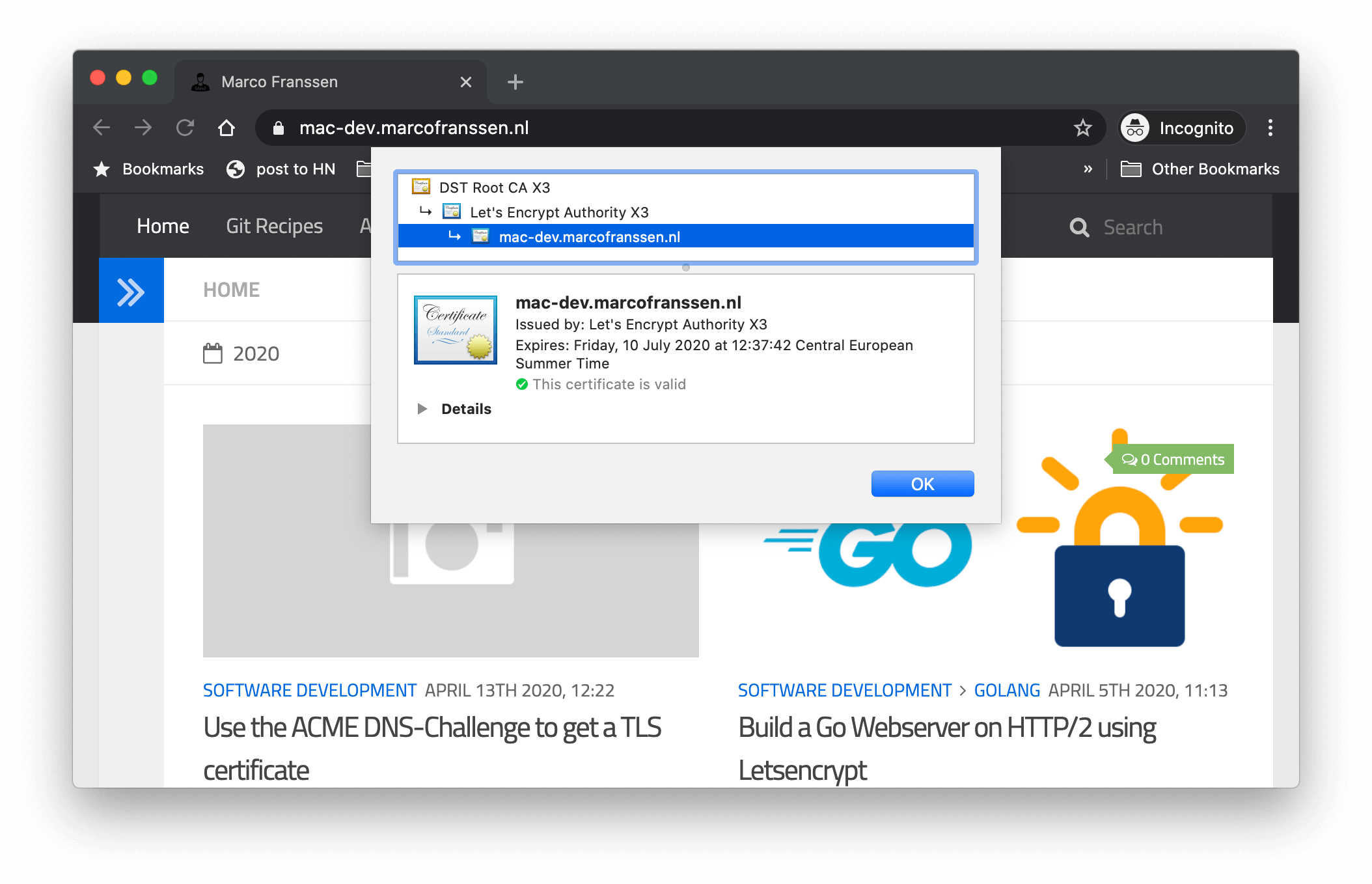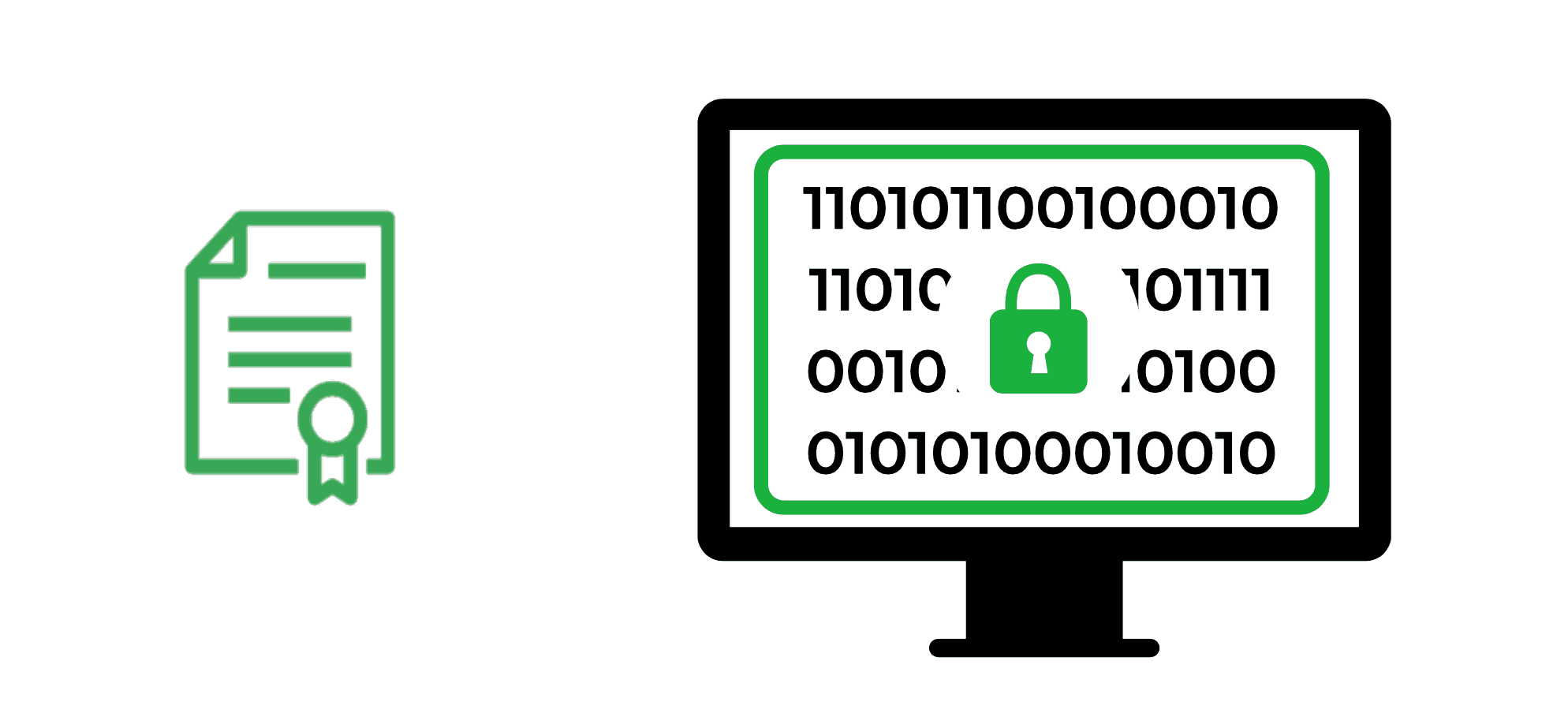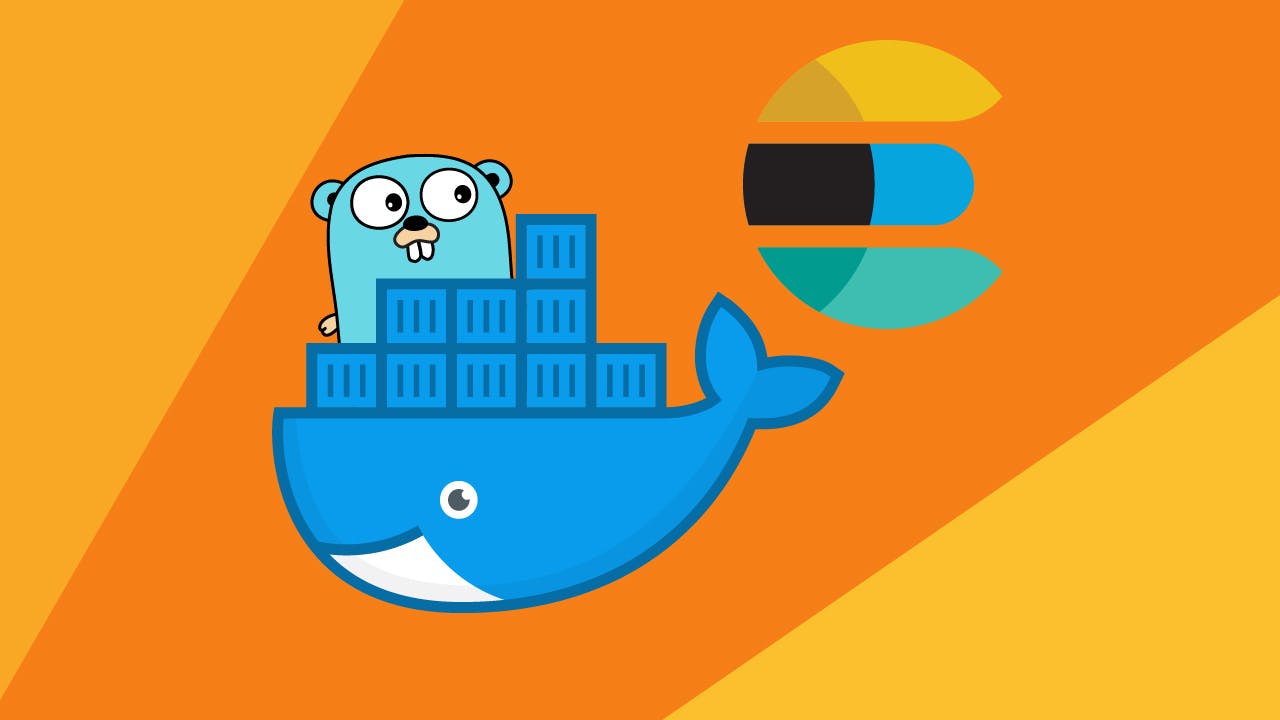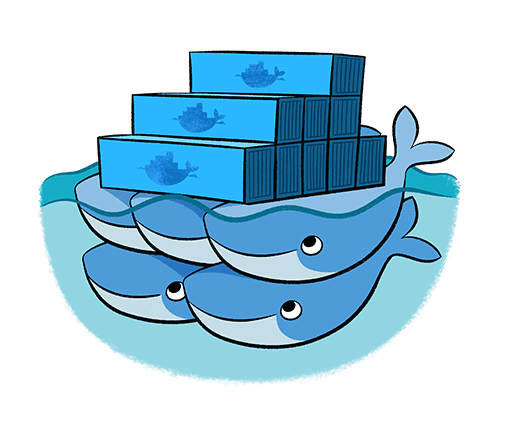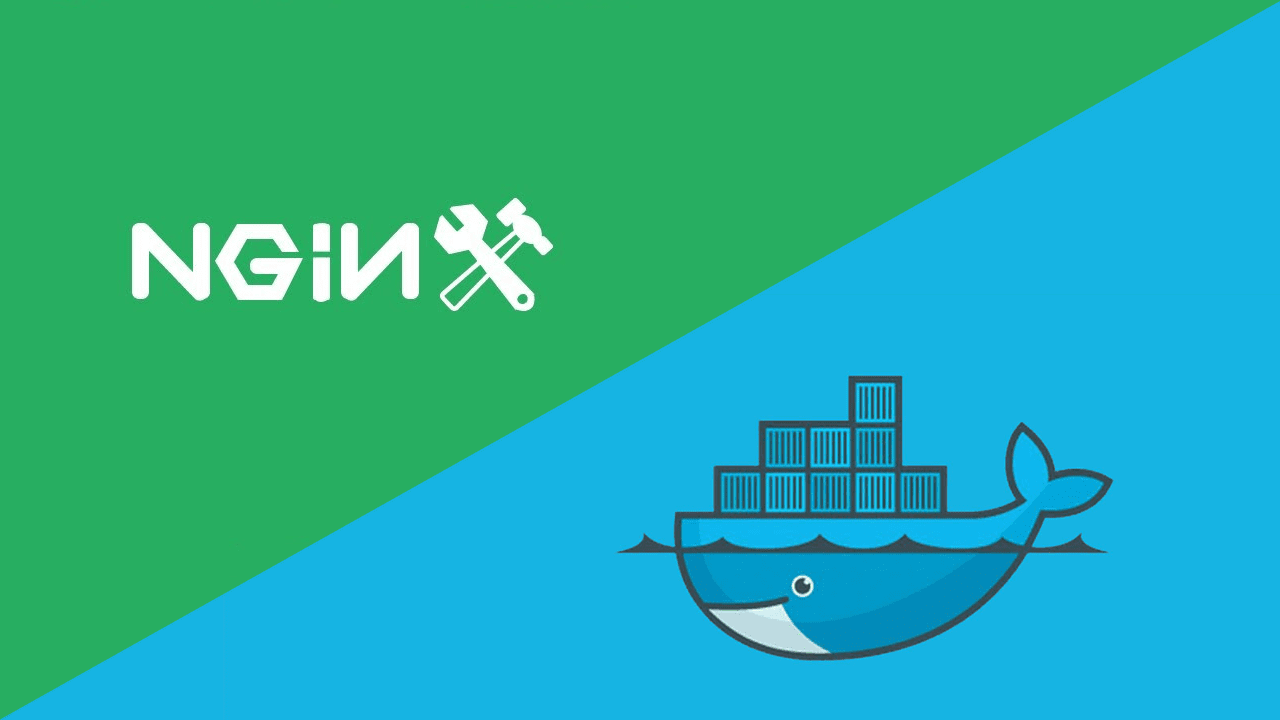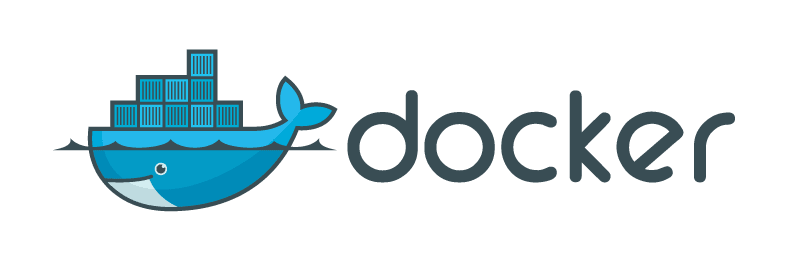Blog.
Hi, my name is Marco. Working as a Senior Software Architect at Philips. I'm an Opensource Maintainer and Contributor. If you like my work, consider to sponsor my work.
I wrote my first blog March 2011. Mostly I'm writing on software development. In total I wrote 75 articles in 7 categories. Use search below to filter by title or click a category or tag to filter by tag or category.
Categories:
Tags:
Stories
OCI as attestations storage for your packages
Marco Franssen /
In my previous blog you can read about securing the software supply chain for Docker images using GitHub actions and Sigstore. We have seen how we can sign our Docker images, as well how to generate an SBOM and build provenance. Using Sigstore/cosign we attached both the signature, SBOM and build provenance to the Docker image. Using Sigstore we get a real nice integration and developer experience to add these security features to our build pipelines for Docker images. In this blog I want to sh…
Secure your software supply chain using Sigstore and GitHub actions
Marco Franssen /
With the rise of software supply chain attacks it becomes more important to secure our software supply chains. Many others have been writing about software supply chain attacks already, so I won't repeat that over here in this article. Assuming you found my article, because you want to know how to prevent them. In this blogpost I want to show you how to secure the software supply chain by applying some SLSA requirements in the GitHub actions workflow. We will utilize Sigstore to sign and attest…
Install Hashicorp Vault on Kubernetes using Helm - Part 2
Marco Franssen /
In part 1 we had a look at setting up our prerequisuites and running Hashicorp Vault on our local Kubernetes cluster. This time we will have a look at deploying Hashicorp Vault on a EKS cluster at AWS. This time we will deploy a Vault cluster in High Availability mode using Hashicorp Consul and we will use AWS KMS to auto unseal our Vault. First lets have a look at the new tools we are about to introduce. If you didn't read part 1, you might consider reading that first to get a bit more underds…
Install Hashicorp Vault on Kubernetes using Helm - Part 1
Marco Franssen /
In this blogpost I want to show you how to deploy Hashicorp Vault using Helm on Kubernetes. We will look at deploying on your local machine for development and experimental purposes but also at how to deploy a high available setup on AWS using Hashicorp Consul and automated unsealing using a AWS KMS key. I assume most of you will know about Hashicorp Vault, Helm, Kubernetes and Consul and therefore I will not go very much in details on the tools themself. In this first article of the series we…
Nginx 1.19 supports environment variables and templates in Docker
Marco Franssen /
In this blog I want to show you a nice new feature in Nginx 1.19 Docker image. I requested it somewhere 2 years ago when I was trying to figure out how I could configure my static page applications more flexibly with various endpoints to backing microservices. Back then I used to have my static pages fetch a json file that contained the endpoints for the apis. This way I could simply mount this json file into my container with all kind of endpoints for this particular deployment. It was some sor…
Building a Elasticsearch cluster using Docker-Compose and Traefik
Marco Franssen /
In a previous blog I have written on setting up Elasticsearch in docker-compose.yml already. I have also shown you before how to setup Traefik 1.7 in docker-compose.yml. Today I want to show you how we can use Traefik to expose a loadbalanced endpoint on top of a Elasticsearch cluster. Simplify networking complexity while designing, deploying, and running applications. We will setup our cluster using docker-compose so we can easily run and cleanup this cluster from our laptop. Create a Elasti…
Use the ACME DNS-Challenge to get a TLS certificate
Marco Franssen /
In my previous 2 blogs I have shown you how to build a HTTP/2 webserver. In these blogs we have covered self signed TLS certificates as well retrieving a Certificate via Letsencrypt. I mentioned there you will have to expose your server publicly on the internet. However I now figured out there is another way. So please continue reading. Let's Encrypt is a free, automated, and open certificate authority brought to you by the nonprofit Internet Security Research Group (ISRG). Letsencrypt impleme…
React Router and Nginx over HTTP/2
Marco Franssen /
In this blogpost I want to show you how you can easily get your React SPA app with clientside router work properly with your Nginx setup. I will also show you how to serve your React App over HTTP/2 and how you can leverage from http2 server pushes. To do so I will show you how to do that with the Nginx Docker image. When running your webapp using the development server you will in general not face any issues, however when running the static build on a production server you will most likely fac…
Signing Docker images using Docker Content Trust
Marco Franssen /
In this blog I want to introduce you to the concept of signing Docker images. Signing your docker images will add some layer of trust to your images. This can guarantee a consumer of your image that this image is for sure published by you and hasn't been tampered with by others. You might already used PGP to sign your Git commits. In this blogpost I shown a nice way of setting PGP signing keys using Krypton that adds 2FA. In practice Docker image signing is the same concept. If this all sounds…
Go client for Elasticsearch using Docker
Marco Franssen /
In this blog post I would like to cover the recently released Elasticsearch 7.0-rc1 Go client for Elasticsearch. In this blogpost I want to show you a small example with a simple Docker setup using to build a Elasticsearch cluster. In my previous blogpost I covered some Docker tips and tricks we will utilize again in this blog post. Initializing your project To start with we first have to create a project folder. In this folder we will have to initialize our Go module, add our Dockerfile and…
Docker tips and tricks for your Go projects
Marco Franssen /
In this blogpost I would like to show you some basic Docker setup I have been using so far in my Go projects. We will be looking at multi-stage Docker builds and how to utilize docker-compose. In a typical project setup in Go you would most probably start with a file main.go. In addition to that I usually add a Dockerfile for building a Docker image and a docker-compose file to easily spin up my dependencies like databases and queues. To start we create a new folder to work in and initiales th…
Using docker-compose for multi Docker container solutions
Marco Franssen /
In this article I want to show you the way for running your multi container solution on Docker. Docker Compose is a tool for defining and running multiple Docker containers using a single command. With Compose, you use a docker-compose file to configure your applications services. Then, using a single command, you create and start all the services from your configuration. In a previous article I have shown you how to setup a Docker development environment on Windows or Mac. In case you don't ha…
Run your Angular app in a Nginx Docker container
Marco Franssen /
Today you will learn how we can package our static html Angular app in a Docker container running Nginx. By packaging our app in a Docker container we will benefit from the fact that we will have some immutable infrastructure for our app. Immutability will give you many benefits when it boils down to maintaining a platform. Things that can not change state also can't lead to surprises in a later stage. Immutability is also well known in functional programming languages. I won't list all the adva…
Setting up Docker development environment on Windows/Mac
Marco Franssen /
In this post I want to cover how you can setup a Docker development environment on Windows/Mac. As you might already know Docker requires a Linux kernel to run. Therefore we will always need a VM to run the actual Docker environment when you are on Windows or Mac OS. Hereby a few quotes from the Docker webpage to remember you what Docker is all about, or to give you a quick idea. Docker provides a common framework for developer and IT teams to collaborate on applications. With a clear separatio…
